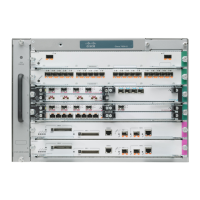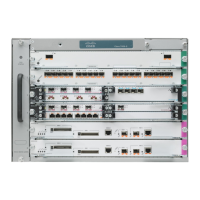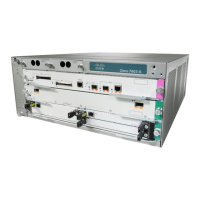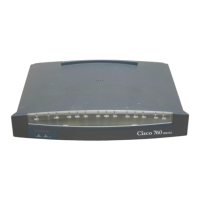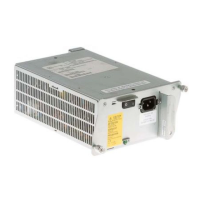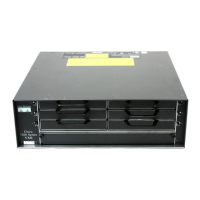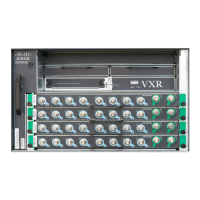46-2
Cisco 7600 Series Router Cisco IOS Software Configuration Guide, Release 12.2SX
OL-4266-08
Chapter 46 Configuring IEEE 802.1X Port-Based Authentication
Understanding 802.1X Port-Based Authentication
These sections describe IEEE 802.1X port-based authentication:
• Device Roles, page 46-2
• Authentication Initiation and Message Exchange, page 46-3
• Ports in Authorized and Unauthorized States, page 46-4
• Supported Topologies, page 46-5
Device Roles
With 802.1X port-based authentication, the devices in the network have specific roles as shown in
Figure 46-1.
Figure 46-1 802.1X Device Roles
The specific roles shown in Figure 46-1 are as follows:
• Client—The device (workstation) that requests access to the LAN and router services and responds
to requests from the router.The workstation must be running 802.1X-compliant client software such
as that offered in the Microsoft Windows XP operating system. (The client is the supplicant in the
IEEE 802.1X specification.)
Note To resolve Windows XP network connectivity and 802.1X port-based authentication issues,
read the Microsoft Knowledge Base article at this URL:
http://support.microsoft.com/kb/q303597/
• Authentication server—Performs the actual authentication of the client. The authentication server
validates the identity of the client and notifies the router whether or not the client is authorized to
access the LAN and router services. Because the router acts as the proxy, the authentication service
is transparent to the client. The Remote Authentication Dial-In User Service (RADIUS) security
system with Extensible Authentication Protocol (EAP) extensions is the only supported
authentication server; it is available in Cisco Secure Access Control Server, version 3.0. RADIUS
uses a client-server model in which secure authentication information is exchanged between the
RADIUS server and one or more RADIUS clients.
• Router (also called the authenticator and back-end authenticator)—Controls the physical access to
the network based on the authentication status of the client. The router acts as an intermediary
(proxy) between the client and the authentication server, requesting identity information from the
client, verifying that information with the authentication server, and relaying a response to the
client. The router includes the RADIUS client, which is responsible for encapsulating and
decapsulating the EAP frames and interacting with the authentication server.
Workstations
(clients)
Catalyst switch
or
Cisco Router
Authentication
server
(RADIUS)
79549
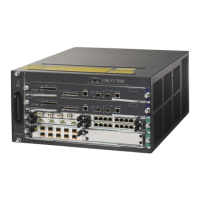
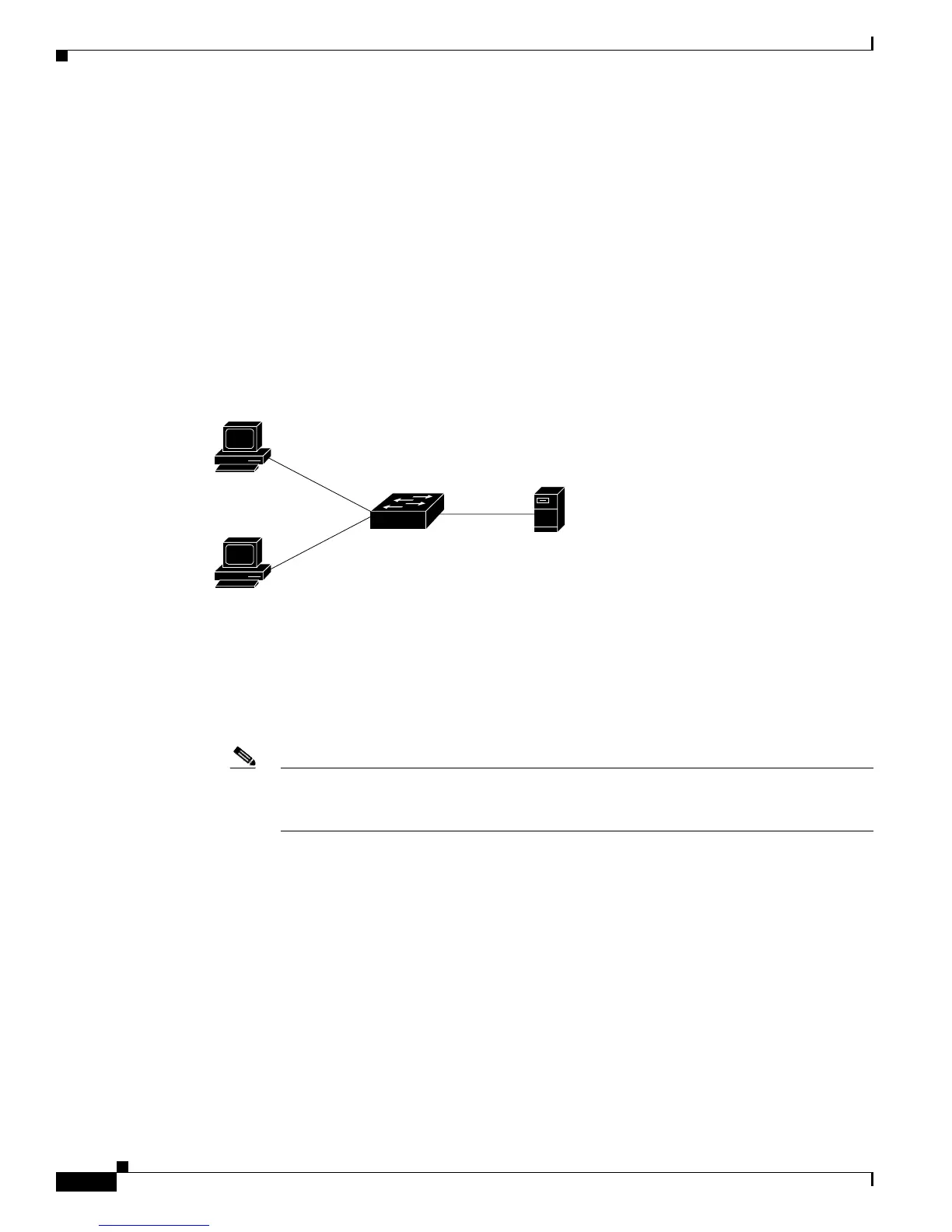